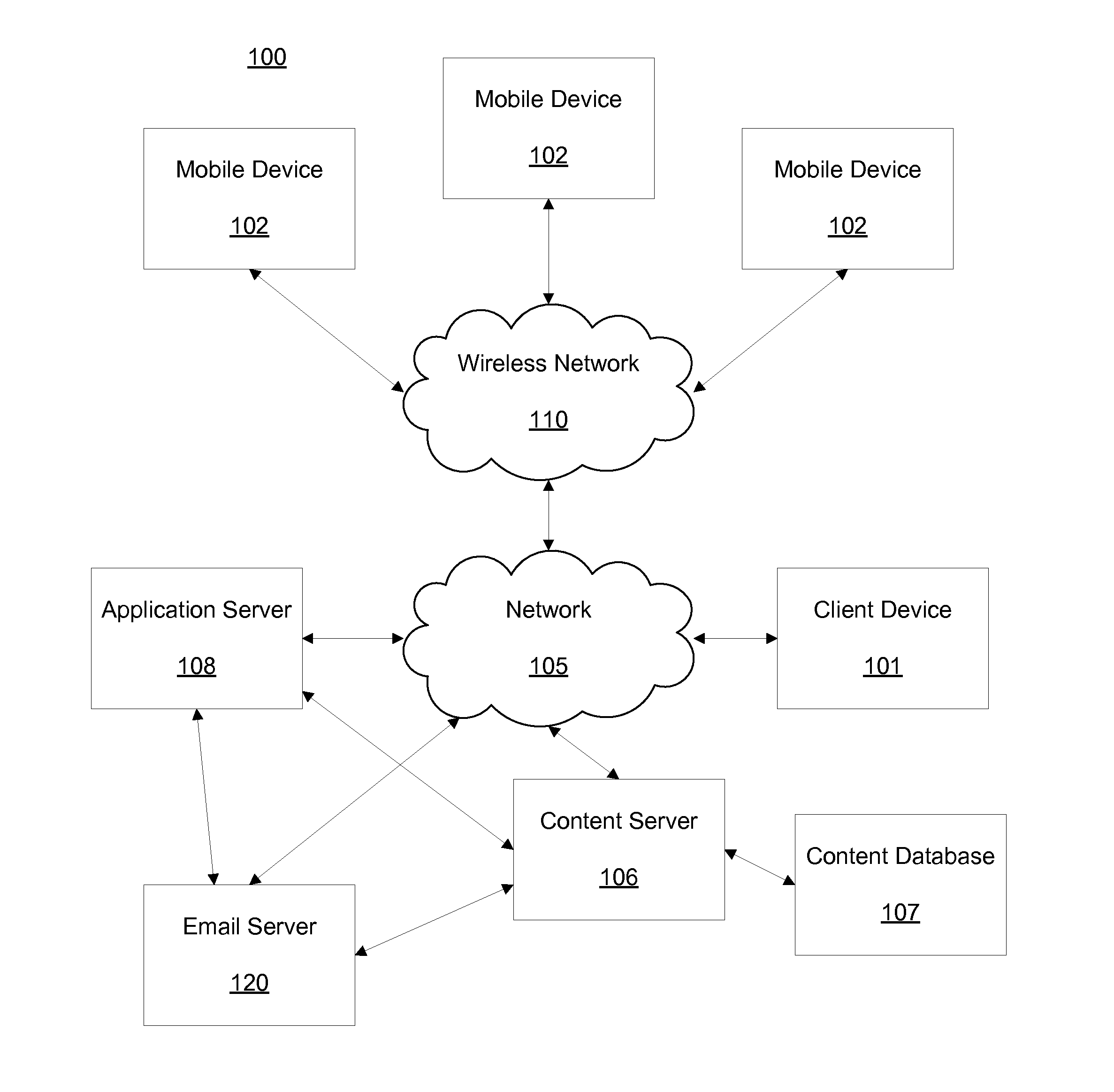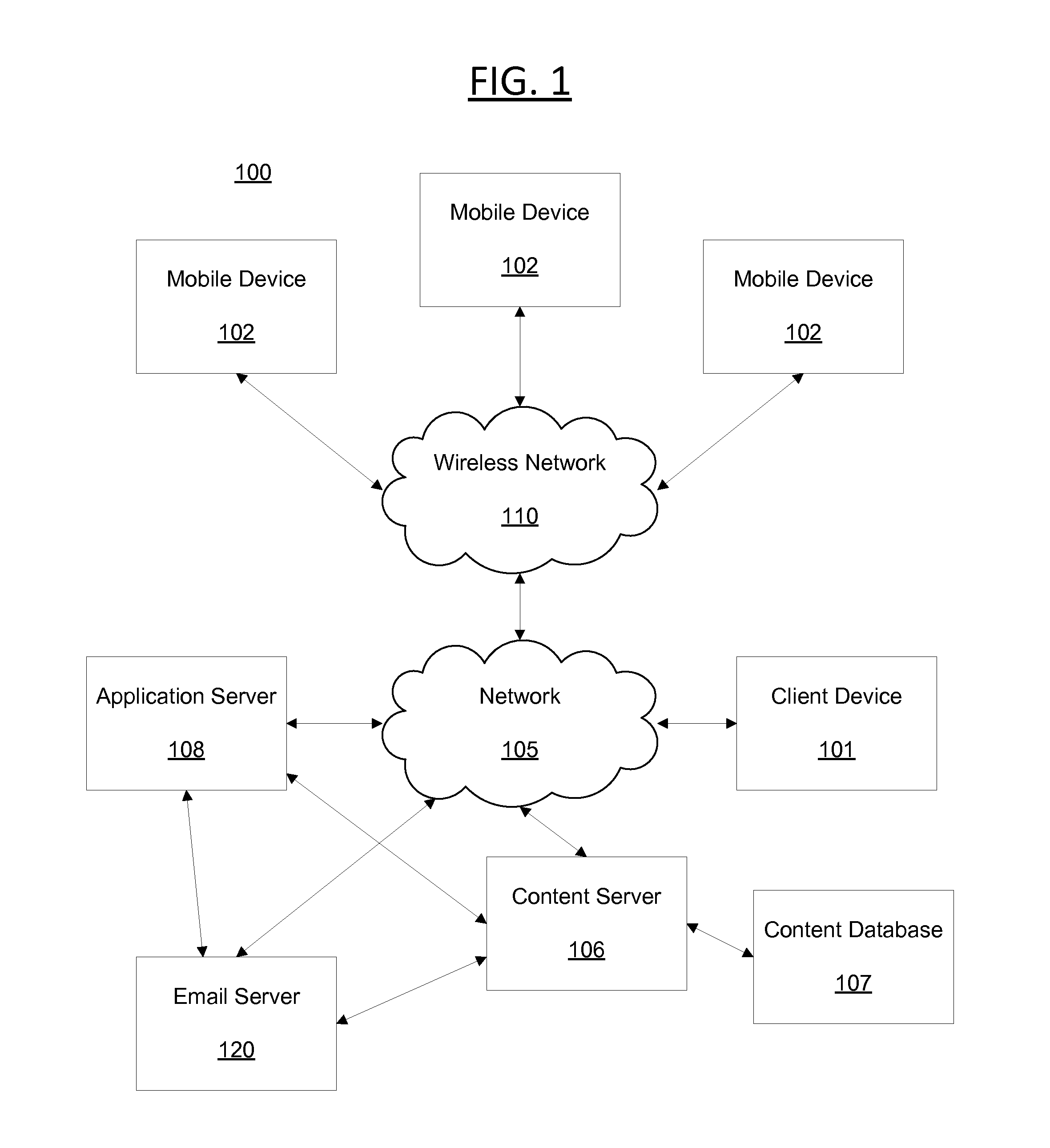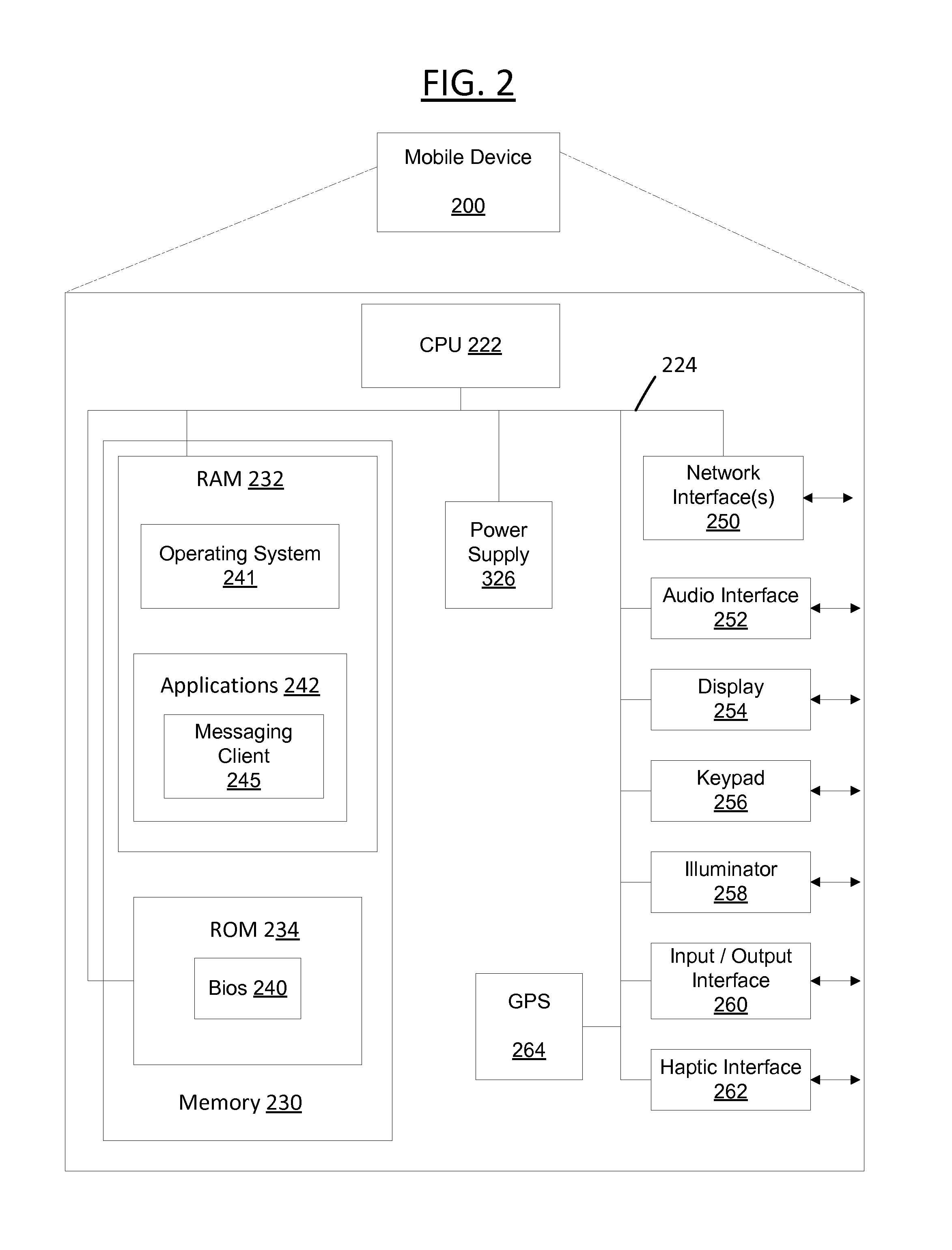System and method for detecting and defending trademarks against serial cybersquatters
a technology of serial cybersquatters and trademarks, applied in the field of detecting and defending trademarks against serial cybersquatters, can solve the problems of difficult for brand owners to balance the cost against the benefit, no way of instantaneously identifying them to exercise the option, and high cost of pursuit, so as to achieve the effect of reducing the cost of udrp and saving costs
- Summary
- Abstract
- Description
- Claims
- Application Information
AI Technical Summary
Benefits of technology
Problems solved by technology
Method used
Image
Examples
case 1
[0121]Use Trademark / Brand Owner
[0122]John is a lawyer for Abercrombie & Fitch® (http: / / www.abercrombie.com), a major apparel retailer in the United States. John's primary duty as a member of the legal team is to protect the corporation's trademark and brand, which includes identifying alternate domains that people have purchased that infringe upon the Abercrombie trademark. Examples may include slight misspellings of the trademark (abercrommbie.com) or slight variations (wwwabercrombie.com). Usually, John hears about violations through other team members or through research / alerts that he or his paralegal may get from a monitoring website, such as DomainTools.com. Through such conventional systems, John and his team can identify potential targets; however, the process can be inefficient and as detailed above, costly when identifying single violations at a time.
[0123]John learns about a new service, e.g., the network 500—referred as Serial Cybersquatter Detector or SCD. He is can jo...
use case 2
[0130] Invitee
[0131]Beth is a lawyer for Ed Hardy® (http: / / edhardyshop.com / ), a major apparel retailer in the United States. Her primary duty as a member of the legal team is to protect the corporation's trademark and brand, which includes identifying alternate domains that people have purchased that infringe upon the Ed Hardy trademark. Examples may include slight misspellings of the trademark (edhardey.com) or slight variations (wwwedhardyshop.com).
[0132]At the International Trademark Association annual meeting (INTA), Beth is given a card with an invitation to join the SCD network 500 by John, another lawyer at the conference who represents Abercrombie & Fitch. (As discussed above, the invitation can be in person, or via a message—item 516 and FIG. 5J). John tells her about the SCD network 500 and says that she should get her brand(s) registered so she can start collaborating with him on a claim, and other brand holders.
[0133]As discussed above, the SCD network provides her the s...
PUM
 Login to View More
Login to View More Abstract
Description
Claims
Application Information
 Login to View More
Login to View More - R&D
- Intellectual Property
- Life Sciences
- Materials
- Tech Scout
- Unparalleled Data Quality
- Higher Quality Content
- 60% Fewer Hallucinations
Browse by: Latest US Patents, China's latest patents, Technical Efficacy Thesaurus, Application Domain, Technology Topic, Popular Technical Reports.
© 2025 PatSnap. All rights reserved.Legal|Privacy policy|Modern Slavery Act Transparency Statement|Sitemap|About US| Contact US: help@patsnap.com



